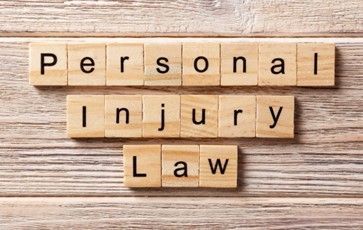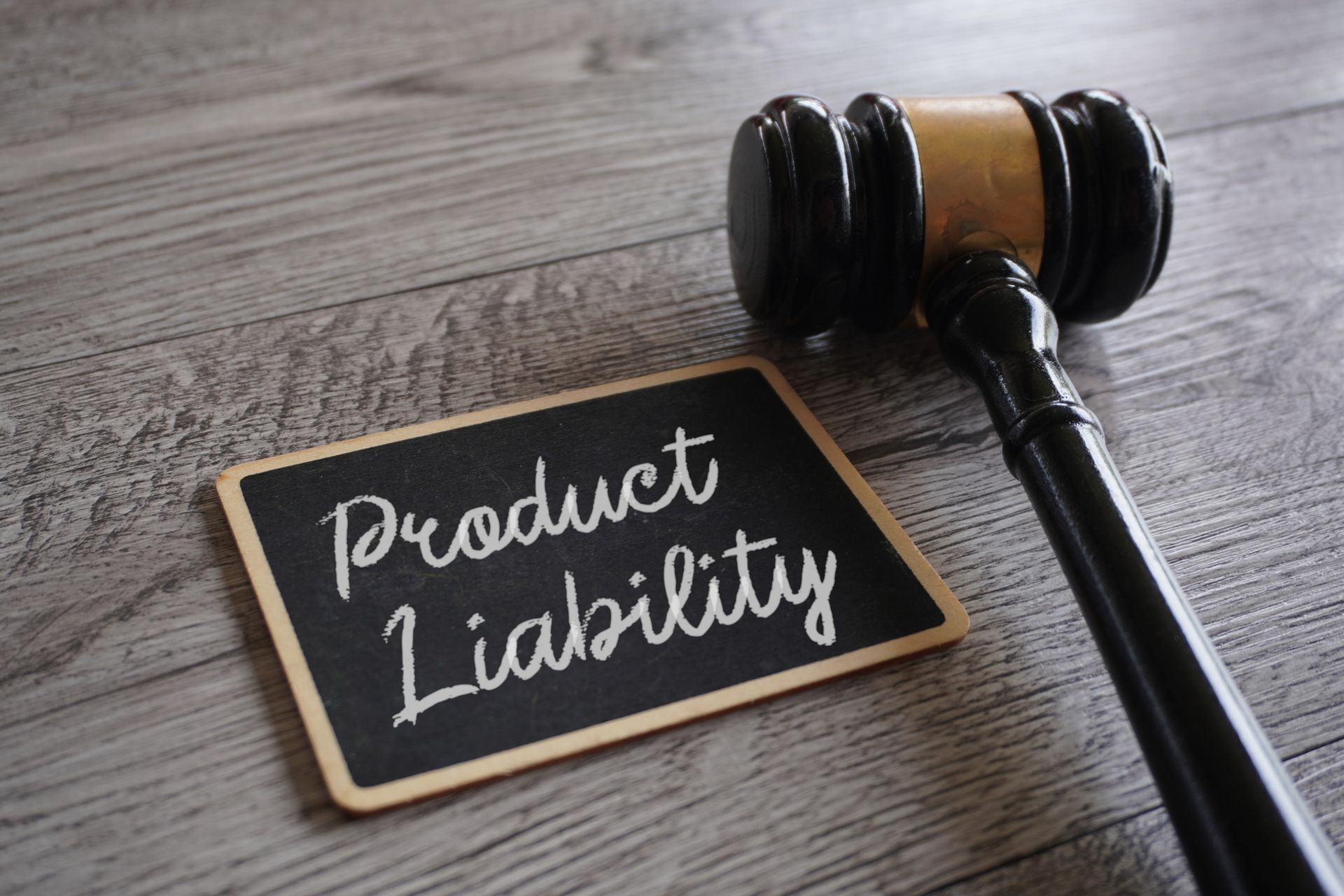All You Need To Know About Product Liability
Many people assume product liability only to comprise defective products that injure consumers. However, product liability is an umbrella term entailing several facets, including design, manufacturing, and marketing defects. Thus, manufacturers may be liable for a functional product that injures consumers because of any of the three defects.
Below is a brief definition of each category to ensure consumers differentiate them and know when to seek compensation for product liability. The blog includes an example of a consumer who purchases a washing machine and potential scenarios where they may seek compensation for product-related injuries:
1. Design Defects
This category covers a product's deficiencies attributable to its design phase. Laws and regulations expect manufacturers to assess their products for any design defects that pose hazards to their end-users. For example, manufacturers should insulate a product's electrical components to safeguard consumers against electrocution. Manufacturers should account for such safety components in the design phase. Otherwise, they may be liable for injuries arising from the design defect.
Suppose a consumer purchases a washing machine whose risk of electrocution was overlooked in the design phase. The manufacturers may be liable for their products' design defects should the consumer suffer injuries. The product liability qualifies as a design defect instead of a manufacturing defect because such hazards should be addressed during product development.
2. Manufacturing Defects
Manufacturing defects cover product inadequacies arising from production mishaps. Even products with foolproof designs can harm consumers, exposing manufacturers to product liability lawsuits. An example entails glitches in the manufacturing system, resulting in a product that does not meet the pre-determined standards. Manufacturers have a duty of care to their consumers in ascertaining that products match the design standards. Otherwise, manufacturers may be liable for selling defective products.
Now suppose the consumer purchases a washing machine with non-insulated electrical components. Also, consider that the manufacturer's product design accounts for the electrocution hazard. It means that the defect occurred in the manufacturing phase. Initially, it may be impossible to attribute the product liability to either design or manufacturing defects. However, a product liability attorney can differentiate them after reviewing the manufacturer's product design and production processes.
3. Marketing and Instructional Defects
Products with validated designs and manufacturing processes may still harm consumers, resulting in liability cases against the manufacturer. Manufacturers have a duty of care towards their consumers' safety. They must ensure that consumers do not suffer injuries in the cause of or after using their products. For example, manufacturers must:
- Provide accurate information about a product in their marketing campaigns
- Outline potential side-effects of using their product(s)
- Caution consumers against safety hazards when using their products
- Update consumers on new information relevant to using the products
Unfortunately, some manufacturers overlook one or all of their post-production duties, exposing their consumers to avoidable harms. The omission may be because of manufacturers' negligence or unethical motives like cost saving. Such manufacturers may be liable to compensate injured consumers.
For the third scenario, suppose a consumer purchases a functional washing machine. The machine doesn't have any design or manufacturing defects. However, the manufacturer does not include safety precautions about not touching the washing machine's rear end when it is powered on because of electrocution risks. Imagine that the buyer decides to move the washing machine a few inches away from the wall to allow the fan to operate efficiently. Unfortunately, the consumer touches the rear cover and is electrocuted. The consumer may sue the manufacturer for product liability, citing warning defects.
Consumers who are injured by products should
contact Maloney Pat Law Offices for legal counsel on the way forward. Our lawyers will review the incidence, ascertain manufacturers' liability, and pursue fair compensation on their clients' behalf.




